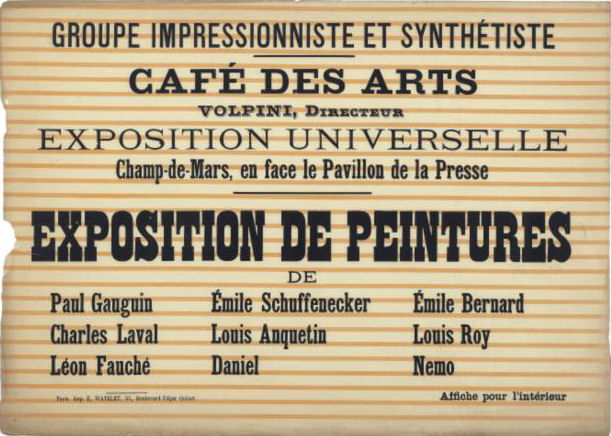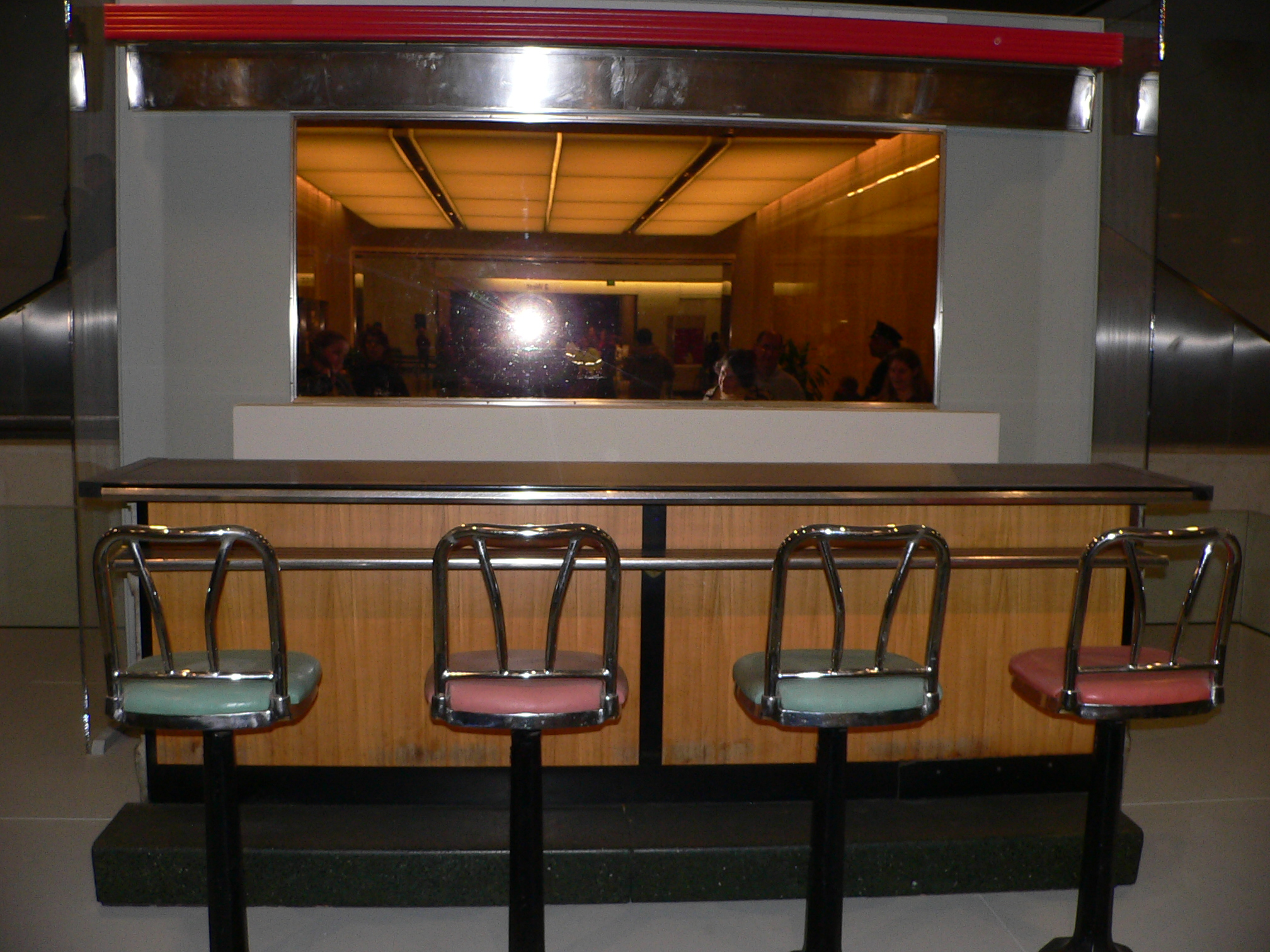|
Ramunė Kmieliauskaitė
Ramunė Aldona Kmieliauskaitė (22 June 1960 in Vilnius – 13 May 2020 in Vilnius) was a Lithuanian graphic artist and watercolor painter. In 1984 she graduated from Vilnius Academy of Art and began appearing in exhibitions. Her work was influenced by ancient Chinese and Japanese art, by impressionist and Post-Impressionist movements. Her works combine cold and warm colors, free composition, and floral motifs. See also *List of Lithuanian painters A list of notable Lithuanian artists. __NOTOC__ A * Kazys Abromavičius (b. 1928) * Gediminas Akstinas (b. 1961) * Romualdas Aleliūnas (1960-2016) * Zita Alinskaitė-Mickonienė (b. 1939) * Viktoras Andriušis (1908-1967) * Aleksas Andriuškevi ... References * * Lithuanian painters 1960 births 2020 deaths Artists from Vilnius Vilnius Academy of Arts alumni 20th-century Lithuanian women artists 21st-century Lithuanian women artists {{Lithuania-painter-stub ... [...More Info...] [...Related Items...] OR: [Wikipedia] [Google] [Baidu] |
Vilnius
Vilnius ( , ) is the capital of and List of cities in Lithuania#Cities, largest city in Lithuania and the List of cities in the Baltic states by population, most-populous city in the Baltic states. The city's estimated January 2025 population was 607,667, and the Vilnius urban area (which extends beyond the city limits) has an estimated population of 747,864. Vilnius is notable for the architecture of its Vilnius Old Town, Old Town, considered one of Europe's largest and best-preserved old towns. The city was declared a World Heritage Site, UNESCO World Heritage Site in 1994. The architectural style known as Vilnian Baroque is named after the city, which is farthest to the east among Baroque architecture, Baroque cities and the largest such city north of the Alps. The city was noted for its #Demographics, multicultural population during the Polish–Lithuanian Commonwealth, with contemporary sources comparing it to Babylon. Before World War II and The Holocaust in Lithuania, th ... [...More Info...] [...Related Items...] OR: [Wikipedia] [Google] [Baidu] |
Lithuania
Lithuania, officially the Republic of Lithuania, is a country in the Baltic region of Europe. It is one of three Baltic states and lies on the eastern shore of the Baltic Sea, bordered by Latvia to the north, Belarus to the east and south, Poland to the south, and the Russian exclave, semi-exclave of Kaliningrad Oblast to the southwest, with a Maritime boundary, maritime border with Sweden to the west. Lithuania covers an area of , with a population of 2.89 million. Its capital and largest city is Vilnius; other major cities include Kaunas, Klaipėda, Šiauliai and Panevėžys. Lithuanians who are the titular nation and form the majority of the country's population, belong to the ethnolinguistic group of Balts and speak Lithuanian language, Lithuanian. For millennia, the southeastern shores of the Baltic Sea were inhabited by various Balts, Baltic tribes. In the 1230s, Lithuanian lands were united for the first time by Mindaugas, who formed the Kingdom of Lithuania on 6 July ... [...More Info...] [...Related Items...] OR: [Wikipedia] [Google] [Baidu] |
Vilnius Academy Of Art
The Vilnius Academy of Arts (, previously ''State Art Institute of Lithuania'') in Vilnius, Lithuania, grants a variety of degrees in the arts. History The Academy traces its roots back to the creation of the Architecture Department at Vilnius University in the former Grand Duchy of Lithuania in 1793. The Department of Painting and Drawing was established in 1797, followed by the Department of Graphics (Engraving), and in 1805 – the Departments of Sculpture and History of art. In 1832, the university was closed, and reopened in 1919 with departments of Painting, Sculpture and Graphic Art. In 1940, the art studies in Lithuania were united under Vilnius Art Institute and Kaunas Art School. Later, the Academy saw several re-organisations, and in 1990 the name of Vilnius Academy of Arts was reinstated. The academy began working with UNESCO in 2000, when the UNESCO department of culture management and culture policy was created. The museum of the Academy holds about 12,000 pi ... [...More Info...] [...Related Items...] OR: [Wikipedia] [Google] [Baidu] |
Impressionist
Impressionism was a 19th-century art movement characterized by visible brush strokes, open Composition (visual arts), composition, emphasis on accurate depiction of light in its changing qualities (often accentuating the effects of the passage of time), ordinary subject matter, unusual visual angles, and inclusion of movement as a crucial element of human perception and experience. Impressionism originated with a group of Paris-based artists whose independent exhibitions brought them to prominence during the 1870s and 1880s. The Impressionists faced harsh opposition from the conventional art community in France. The name of the style derives from the title of a Claude Monet work, ''Impression, soleil levant'' (''Impression, Sunrise''), which provoked the critic Louis Leroy to coin the term in a Satire, satirical 1874 review of the First Impressionist Exhibition published in the Parisian newspaper ''Le Charivari''. The development of Impressionism in the visual arts was soon foll ... [...More Info...] [...Related Items...] OR: [Wikipedia] [Google] [Baidu] |
Post-Impressionist
Post-Impressionism (also spelled Postimpressionism) was a predominantly French art movement that developed roughly between 1886 and 1905, from the last Impressionist exhibition to the birth of Fauvism. Post-Impressionism emerged as a reaction against Impressionists' concern for the naturalistic depiction of light and colour. Its broad emphasis on abstract qualities or symbolic content means Post-Impressionism encompasses Les Nabis, Neo-Impressionism, Symbolism, Cloisonnism, the Pont-Aven School, and Synthetism, along with some later Impressionists' work. The movement's principal artists were Paul Cézanne (known as the father of Post-Impressionism), Paul Gauguin, Vincent van Gogh and Georges Seurat. The term Post-Impressionism was first used by art critic Roger Fry in 1906.Peter Morrin, Judith Zilczer, William C. Agee, ''The Advent of Modernism. Post-Impressionism and North American Art, 1900-1918'', High Museum of Art, 1986 Critic Frank Rutter in a review of the Salon ... [...More Info...] [...Related Items...] OR: [Wikipedia] [Google] [Baidu] |
List Of Lithuanian Painters
A list of notable Lithuanian artists. __NOTOC__ A * Kazys Abromavičius (b. 1928) * Gediminas Akstinas (b. 1961) * Romualdas Aleliūnas (1960-2016) * Zita Alinskaitė-Mickonienė (b. 1939) * Viktoras Andriušis (1908-1967) * Aleksas Andriuškevičius (b. 1959) * Kęstutis Andziulis (b. 1948) * Valentinas Antanavičius (b. 1936) * Kęstutis Antanėlis (b. 1951) * Robertas Antinis (b. 1946) * Neemija Arbitblatas (1908-1999) * Jonas Arčikauskas (b. 1957) B * Juozas Bagdonas (1911-2005) * Arvydas Bagdžius (1958-2008) * Gintautėlė Laimutė Baginskienė (b. 1940) * Ona Baliukonė (1948-2007) * Marija Bankauskaitė (1933-1992) * Angelina Banytė (b. 1949) * Gediminas Baravykas (1940-1995) * Aidas Bareikis (b. 1967) * Ray Bartkus (b. 1961) * Vitalija Bartkuvienė (1939-1996) * Edmundas Benetis (b. 1953) * Vladimiras Beresniovas (b. 1948) * Ilja Bereznickas (b. 1948) *Vytautas Pranas Bičiūnas (1893-1945) * Eglė Bogdanienė (b. 1962) * Alina Briedelytė-Kavaliauskienė (1942-1992) * ... [...More Info...] [...Related Items...] OR: [Wikipedia] [Google] [Baidu] |
Lithuanian Painters
Lithuanian may refer to: * Something of, from, or related to Lithuania, a country in the Baltic region in northern Europe ** Lithuanian language ** Lithuanians, a Baltic ethnic group, native to Lithuania and the immediate geographical region ** Lithuanian cuisine ** Lithuanian culture Other uses * Lithuanian Jews as often called "Lithuanians" (''Lita'im'' or ''Litvaks'') by other Jews, sometimes used to mean Mitnagdim * Grand Duchy of Lithuania * Polish–Lithuanian Commonwealth See also * List of Lithuanians This is a list of Lithuanians, both people of Lithuanian descent and people with the birthplace or citizenship of Lithuania. In a case when a person was born in the territory of former Grand Duchy of Lithuania and not in the territory of moder ... {{disambig Language and nationality disambiguation pages ... [...More Info...] [...Related Items...] OR: [Wikipedia] [Google] [Baidu] |
1960 Births
It is also known as the " Year of Africa" because of major events—particularly the independence of seventeen African nations—that focused global attention on the continent and intensified feelings of Pan-Africanism. Events January * January 1 – Cameroon becomes independent from France. * January 9– 11 – Aswan Dam construction begins in Egypt. * January 10 – British Prime Minister Harold Macmillan makes the "Wind of Change" speech for the first time, to little publicity, in Accra, Gold Coast (modern-day Ghana). * January 19 – A revised version of the Treaty of Mutual Cooperation and Security between the United States and Japan ("U.S.-Japan Security Treaty" or "''Anpo (jōyaku)''"), which allows U.S. troops to be based on Japanese soil, is signed in Washington, D.C. by Prime Minister Nobusuke Kishi and President Dwight D. Eisenhower. The new treaty is opposed by the massive Anpo protests in Japan. * January 21 ** Coalbrook mining disaster: A coal mine ... [...More Info...] [...Related Items...] OR: [Wikipedia] [Google] [Baidu] |
2020 Deaths
This is a list of lists of deaths of notable people, organized by year. New deaths articles are added to their respective month (e.g., Deaths in ) and then linked below. 2025 2024 2023 2022 2021 2020 2019 2018 2017 2016 2015 2014 2013 2012 2011 2010 2009 2008 2007 2006 2005 2004 2003 2002 2001 2000 1999 1998 1997 1996 1995 1994 1993 1992 1991 1990 1989 1988 1987 1986 Earlier years ''Deaths in years earlier than this can usually be found in the main articles of the years.'' See also * Lists of deaths by day * Deaths by year (category) {{DEFAULTSORT:deaths by year ... [...More Info...] [...Related Items...] OR: [Wikipedia] [Google] [Baidu] |
Artists From Vilnius
An artist is a person engaged in an activity related to creating art, practicing the arts, or demonstrating the work of art. The most common usage (in both everyday speech and academic discourse) refers to a practitioner in the visual arts only. However, the term is also often used in the entertainment business to refer to actors, musicians, singers, dancers and other performers, in which they are known as ''Artiste'' instead. ''Artiste'' (French) is a variant used in English in this context, but this use has become rare. The use of the term "artist" to describe writers is valid, but less common, and mostly restricted to contexts such as critics' reviews; "author" is generally used instead. Dictionary definitions The ''Oxford English Dictionary'' defines the older, broader meanings of the word "artist": * A learned person or Master of Arts * One who pursues a practical science, traditionally medicine, astrology, alchemy, chemistry * A follower of a pursuit in which skill co ... [...More Info...] [...Related Items...] OR: [Wikipedia] [Google] [Baidu] |
Vilnius Academy Of Arts Alumni
Vilnius ( , ) is the capital of and List of cities in Lithuania#Cities, largest city in Lithuania and the List of cities in the Baltic states by population, most-populous city in the Baltic states. The city's estimated January 2025 population was 607,667, and the Vilnius urban area (which extends beyond the city limits) has an estimated population of 747,864. Vilnius is notable for the architecture of its Vilnius Old Town, Old Town, considered one of Europe's largest and best-preserved old towns. The city was declared a World Heritage Site, UNESCO World Heritage Site in 1994. The architectural style known as Vilnian Baroque is named after the city, which is farthest to the east among Baroque architecture, Baroque cities and the largest such city north of the Alps. The city was noted for its #Demographics, multicultural population during the Polish–Lithuanian Commonwealth, with contemporary sources comparing it to Babylon. Before World War II and The Holocaust in Lithuania, th ... [...More Info...] [...Related Items...] OR: [Wikipedia] [Google] [Baidu] |






